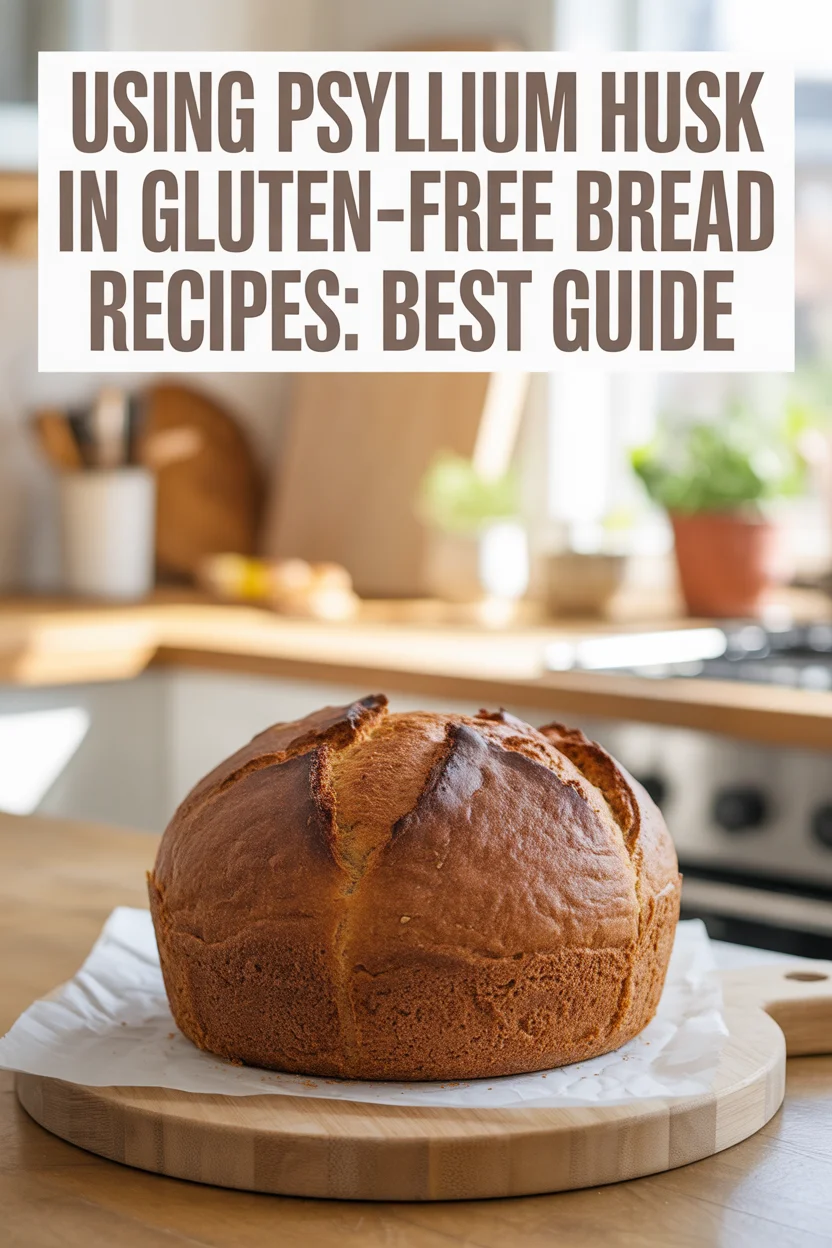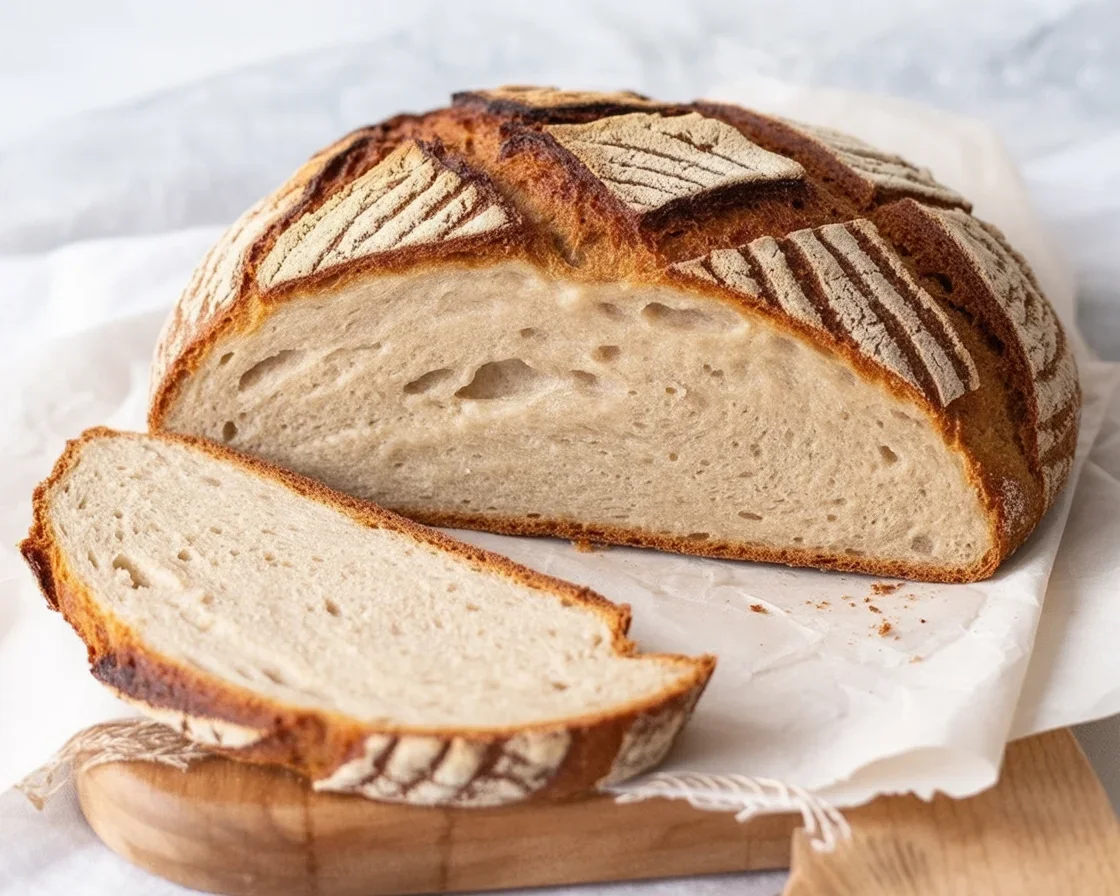Psyllium husk gluten-free bread – let’s be honest, it probably intimidates you as much as it did me. For the longest time, every attempt ended in disaster: dense bricks that could double as doorstops, gummy centers that stuck to my knife, or loaves that disintegrated the moment I touched them. Sound familiar?
Here’s what changed everything: discovering psyllium husk as my secret weapon. This little ingredient transformed my kitchen failures into bakery-worthy successes, and I’m not exaggerating. After countless experiments (and yes, plenty more failures), I finally cracked the code on creating gluten-free bread that actually holds together, tastes incredible, and doesn’t require an engineering degree to make. If you want to see how psyllium fits into the bigger picture of artisan baking, my Artisan Gluten-Free Bread guide walks you through the techniques that make all the difference.
If you’re just starting your gluten-free baking journey, I highly recommend exploring these proven gluten-free bread recipes designed specifically for beginners – they’ll build your confidence before you tackle more advanced techniques with psyllium husk.
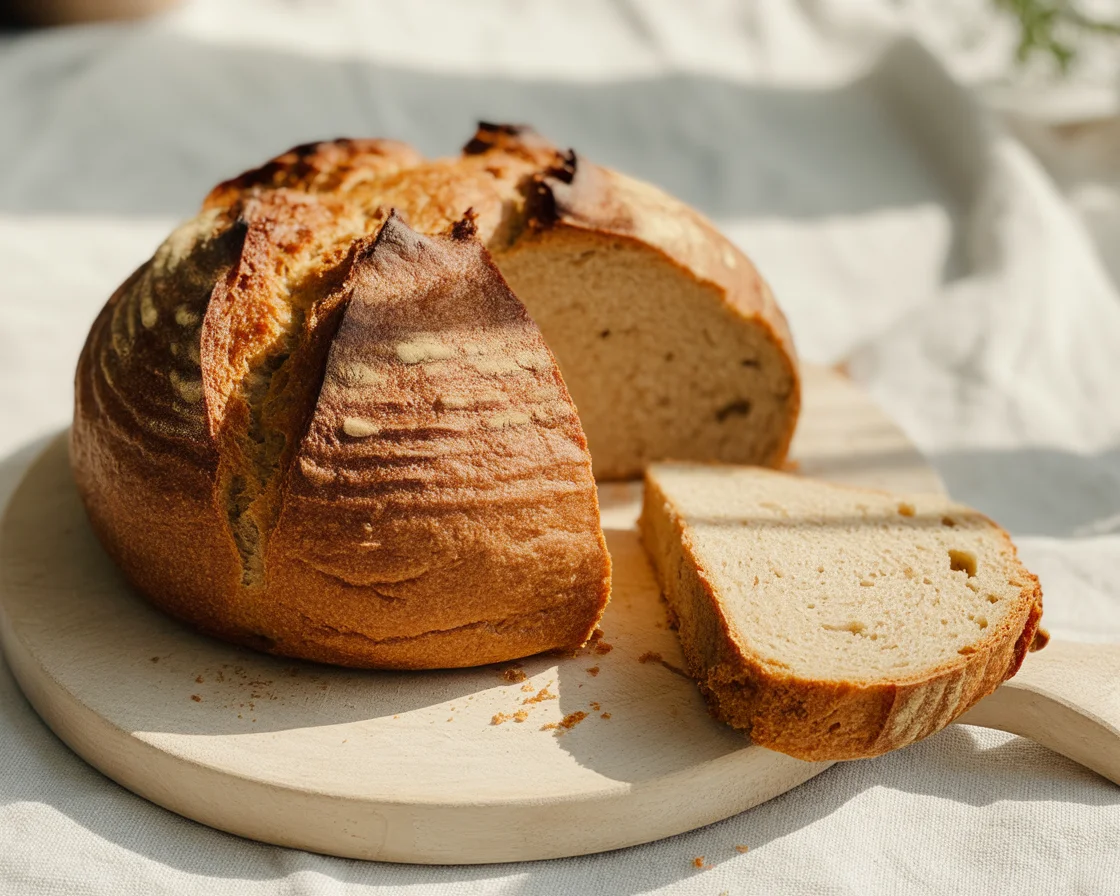
What is Psyllium Husk?
Okay, so let’s get this straight. Psyllium husk comes from the seeds of a plant called Plantago ovata. It looks kinda weird at first – almost like pale confetti. When you add it to water, it turns super gooey, like a gel. I’ll admit, the first time I saw it puff up, it freaked me out.
With the global gluten-free bread market projected to grow at 5.9% annually through 2030 What is Celiac Disease? | Celiac Disease Foundation, more people are discovering ingredients like psyllium husk that make gluten-free baking actually work.
Why do we even care? Well, psyllium is mostly fiber. It’s famous for keeping things “moving” if you know what I mean (hello, gentle digestion). But in baking, its magic is all about mimicking gluten structure. Sort of a stretchy superstar for folks who can’t or don’t do gluten. Not fancy, just functional. And honestly? Kinda brilliant if you ask me.
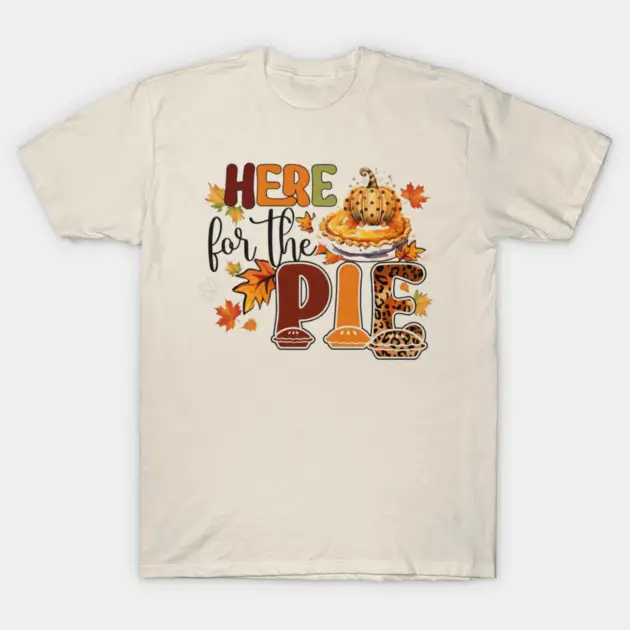
I’ve used it in all sorts of bread – sandwich loaves, crusty boules, even quick flatbreads. Gives everything more body, more bite.
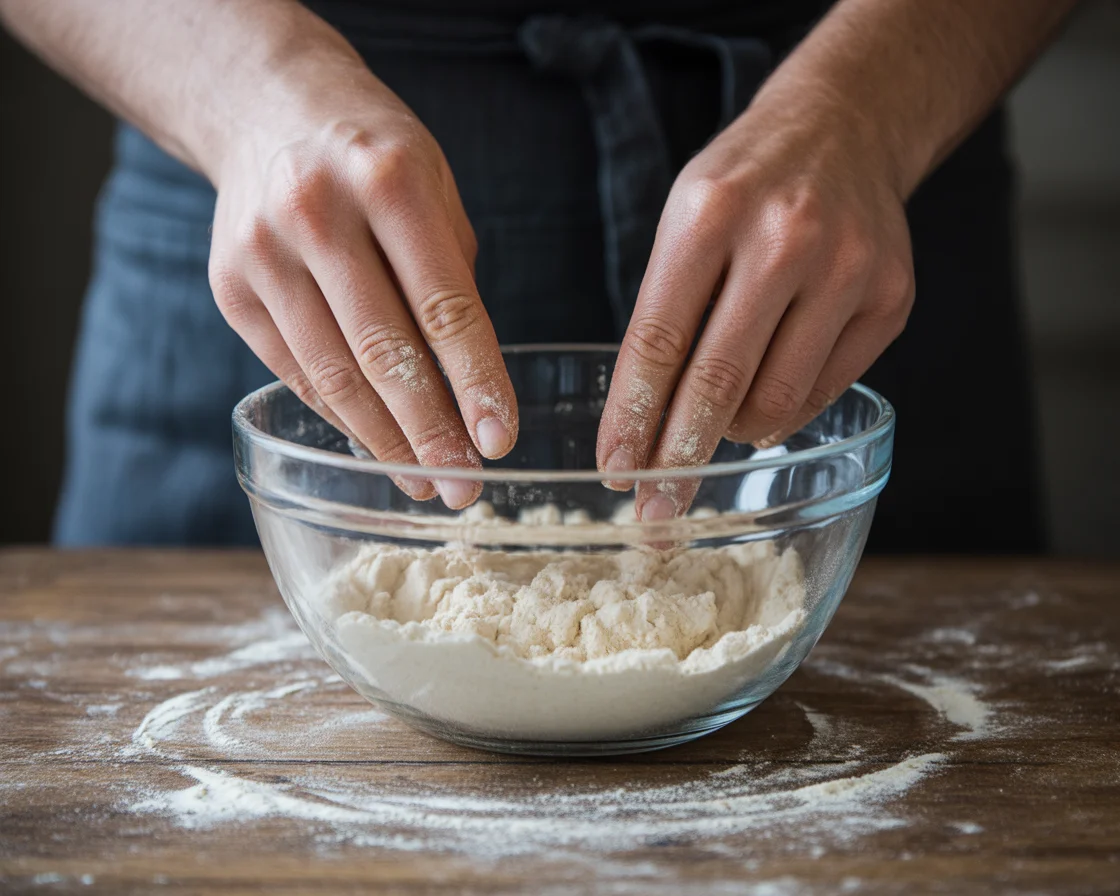
Why Psyllium Husk is a Game-Changer in Gluten-Free Bread
Real talk? Finding that squishy, chewy texture in gluten-free bread feels like winning the food lottery. Most gluten substitutes – sorry, not sorry – just don’t cut it. They’re either dry or spongy in a bad way. Psyllium husk though? It steps in like an undercover hero.
Here’s what makes it stand out. When you stir psyllium into your flour, it grabs water and fluffs up. Suddenly, your dough isn’t so sticky and loose anymore. It’s got backbone! You can shape it with your hands, and the bread won’t fall apart like a sad sandcastle.
You know what else shocked me? It’s the key to keeping gluten-free bread moist for days. I’ve had sandwich loaves using psyllium that were still fresh at the end of the week. That’s wild, right? Plus, it boosts fiber. So, it’s not just a texture fix – it’s actually good for you. If you’re looking for the perfect gluten-free sandwich bread recipe using psyllium, the results will blow your mind.
This is especially important since only 5% of adults consume the recommended level of dietary fiber Gluten-free Food Market Size, Share, & Growth Report, 2031, making psyllium-enriched bread a smart way to increase your daily intake. For more detailed information about psyllium’s health benefits, Harvard Health provides comprehensive research on its cholesterol-lowering properties.
“I was ready to give up on baking bread, but after trying psyllium husk in my recipe, the texture finally felt like real bread. Total game-changer!”
– Reader from Austin, TX

How to Use Psyllium Husk in Gluten-Free Bread Recipes
Alright, this is where I spill my best secrets (and a few kitchen oopsies). Using psyllium husk is easy, but the ratio matters big time. I swear by starting with around one tablespoon per cup of gluten-free flour. If your dough looks dry (like wet sand), add a splash more water, because psyllium sucks up a LOT.
Time needed: 7 minutes
Professional technique for preparing psyllium husk gel – the secret to successful gluten-free bread baking. Based on extensive testing, this method ensures proper hydration timing and gel formation for optimal dough elasticity and bread structure.
- Measure your psyllium and water
Add the psyllium husk powder to a mixing bowl and pour in the correct amount of water.
- Mix to form a gel
Stir well until the psyllium absorbs the water and starts forming a gel-like texture.
- Let it rest for 2–3 minutes
Give the mixture time to thicken — this step is key for making the dough workable.
- Incorporate into flour blend
Stir the psyllium gel into your gluten-free flour mixture until fully combined.
- Don’t rush the process
Skipping the rest time can affect dough elasticity and reduce the bread’s rise.
The type of flour blend you use makes a difference too—understanding how different gluten-free flour ratios work with psyllium can help you get the perfect texture every time.
If you’re wondering, my number one flub was using too much. It’ll make your bread dense and gummy. Too little? It crumbles everywhere. Trial and error, but you’ll find your sweet spot.
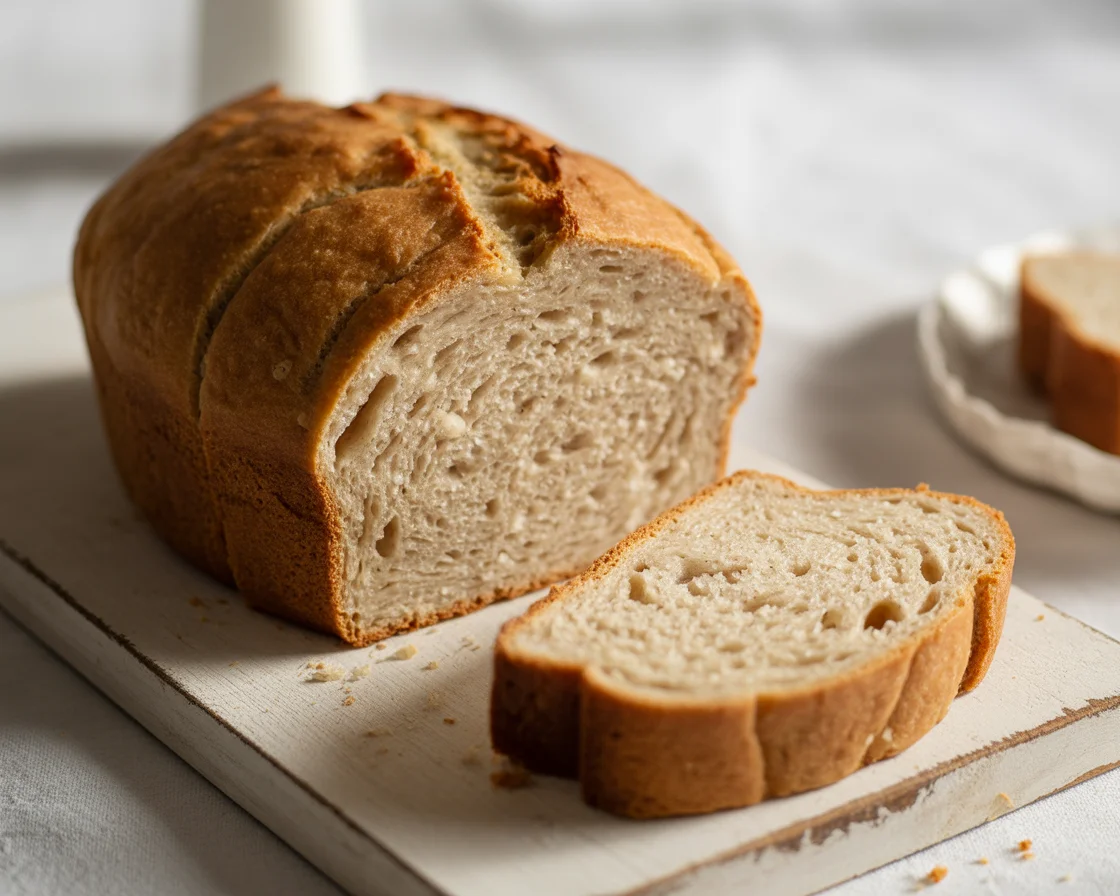
Common Mistakes When Using Psyllium Husk
Oh boy. I’ve messed up more than I can admit. Let me save you from kitchen disasters.
First, skipping that “gel” step? Don’t. If you toss dry psyllium right in, it won’t bind things like it should. Seriously, get it wet first.
Second, not measuring carefully. Psyllium husk is like a thirsty sponge. Overdo it, and your loaf turns into a brick.
Last one: expecting it to work like real gluten. It gets close, but the dough will still feel stickier than wheat dough. That’s totally normal. I freaked out the first few times, but don’t panic, just keep practicing. And hey, if you’re working with different gluten-free flour blends, keep in mind, every mix absorbs liquid a bit differently. For more advanced techniques, you might want to explore making gluten-free sourdough with psyllium husk once you’ve mastered the basics.
Best Psyllium Husk Types & Brands for Baking
Don’t get fooled by all those bag choices at the store. There’s whole husk and powder. For baking, whole husk is my fave, because powder can turn everything super dense. Brands like NOW, Anthony‘s, or Viva Naturals? Solid picks. They deliver reliable results and you get that pillowy bounce you want from bread.
For additional guidance on psyllium husk safety and dosage, the Cleveland Clinic offers evidence-based information about proper usage and potential interactions.
If you’re buying in bulk, look for resealable bags. Psyllium goes stale over time, and nothing’s worse than funky tasting bread. Also – if it smells off, chuck it out. Trust your nose!
Tried store-brand stuff once, and let’s just say I regretted it. My bread came out looking like a purple brick.
Psyllium Husk Substitutes for Gluten-Free Baking
Honestly, nothing does it exactly like psyllium husk. But hey, we all get caught out sometimes (ran out halfway through Sunday baking, oops). These subs are my fallback plan:
- Ground flaxseed: Decent, but bread’s a bit more fragile.
- Chia seeds: They’ll help with texture but can make things heavier.
- Xanthan gum: Works in a pinch, but the flavor is, uh, unusual.
- Agar-agar: For folks who like experimenting, it brings structure, but not bounce.
Your results may vary, so test tiny batches first. I learned that the hard way when I swapped out half my ingredients and ended up with the oddest loaf ever!
If you’re in a real time crunch and need bread fast, try this quick gluten-free bread recipe that doesn’t need yeast—it’s a lifesaver when you’re out of psyllium.
Troubleshooting Table – Psyllium Husk Bread
So, things didn’t turn out? We’ve all been there (more times than I admit). Here’s my quick-fix table for the most common mishaps:
| Problem | Why it Happens | My Quick Fix |
|---|---|---|
| Bread too dense | Too much psyllium or liquid | Use less psyllium, or bump up flour slightly |
| Bread falls apart | Not enough psyllium or water | Add more gel (soak psyllium), or a tiny bit more liquid |
| Gummy texture | Underbaked, or too much psyllium | Bake longer (check internal temp) or cut down psyllium next time |
| Dough too sticky to handle | Not enough resting for gel formation | Let psyllium gel rest longer, or dust hands with flour to shape |
Common Questions
A: Technically yes, but use about HALF the amount or your bread will get heavy. Also, keep an eye on color. Powder sometimes turns your bread a little grey (weird but harmless).
A: Not at all! If you taste anything funny, your psyllium’s probably gone stale.
A: Start with 1 tablespoon per cup of flour, gel it first, and adjust if needed. Too much = gummy, too little = crumbly.
A: You could, but your bread will definitely fall apart. It’s kinda essential for good texture in gluten-free loaves.
A: Most folks do just fine, but go slow if you’re new. Lots of fiber can surprise your tummy at first.
Ready for the Best Loaf Ever? Try It Out
That’s my breakdown of psyllium husk gluten-free bread, and honestly, after you try it once, you might never go back. The texture, the chew, the way you can finally slice sandwiches and actually make a PB&J that holds together – priceless. Don’t miss out on the deep-dive over at the U.S. Whole Grains Council if you want the sciencey stuff. Trust me, with a little practice (and some good tips from places, your gluten-free bread days are about to level up in a five-star-restaurant way.
